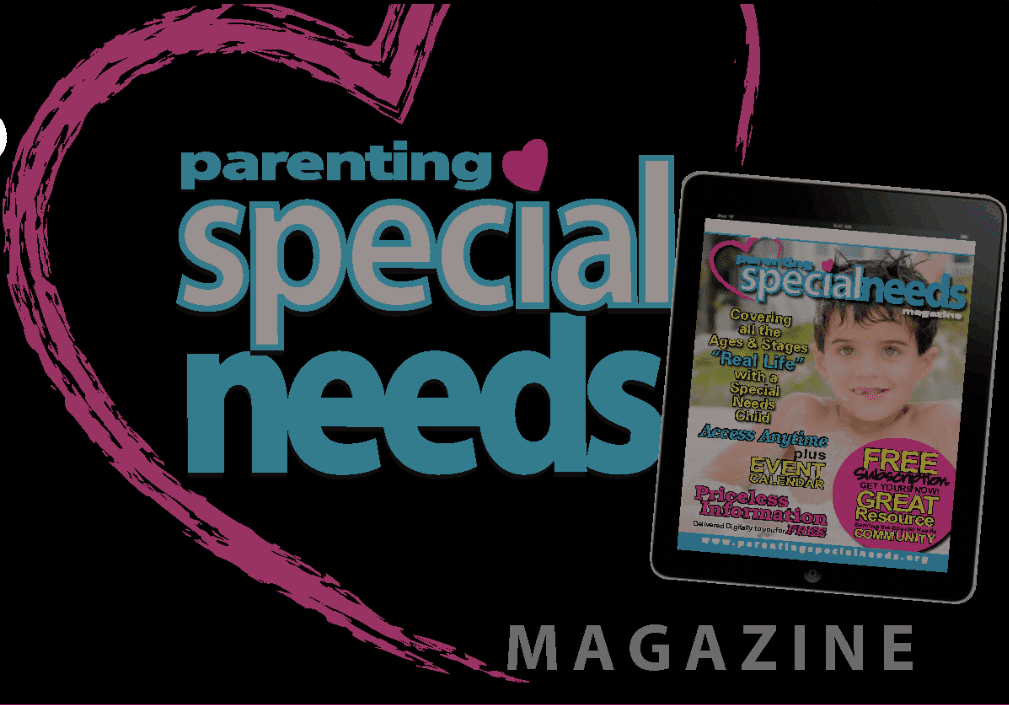Having a Voice!

As a person with a voice, it’s hard to imagine not being able to express yourself. But just for a moment, try to think of living without one, and how the world would just pass right around you.
For the first time in his life, Danny Wong, an individual served at AHRC’s Weingold Adult Day Center, was able to speak “No More Cuts” with a group of family members, friends, individuals and professionals from the field of developmental disabilities who were protesting healthcare cuts outside of Assemblyman Sheldon Silver’s office this past November.
With the use of an assistive augmentative communication device (AAC), Danny got to participate in the protest, rather than stand on the sidelines, watching others speak for him.
As AHRC’s Assistive Technology Specialist Lorraine Cohen, M.S., put it, “…some of these individuals are 25 years old, and they’ve never been able to tell someone what their name is”. Just to be able to push a button and say, my name is—, imagine that feeling…a name is who you are.
Up to 50 percent of all individuals with autism cannot meet their communication needs using speech. This leads to frustration and often behavioral problems. AAC devices offer a communicative outlet for nonverbal people who need to express themselves.
https://www.parentingspecialneeds.org/article/5-steps-getting-ipad-covered-insurance/
AAC is the means with which non-verbal individuals are able to effectively “voice” their wants, needs, preferences, feelings, and dislikes as well as engage in meaningful communication. These means include: picture books, wallets, mechanical devices, or most recently, high-tech, electronic communication devices that provide voice output like the highly publicized iPod Touch’s AAC app, Proloquo2Go.
Initially created for people with Parkinson’s Disease, AAC devices are now used by agencies serving people with disabilities and traumatic brain injuries (TBI), like AHRC New York City. Individuals with Autism tend to prefer visual stimuli, like the buttons and subject lists offered in these devices.
The AAC device does require extensive training, involving not only the individual who uses the device, but the parents/caregivers and direct care staff. Areas of training include how to operate the device, program the device, and use the device to develop language skills and improve meaningful communication interactions.
The AAC devises are developed with a person-centered approach. This means that each device is programmed with the individual’s preferences in mind. From the vocabulary to the accent of the speaking “voice” and sound of the “voice” itself, the user of the device is included in all design decisions.
Through AHRC’s Lending Library, Adult Day Services offers individuals the opportunity to test out three to four different devices through its before making a final product selection.
With 11 AHRC facilities currently using AAC devices, individuals throughout the five boroughs are experiencing this phenomenon for the first time. Hector Rodriguez and Luis Clemente—both AAC device users—actually conduct campus tours at Bronx Community College using only their alternate communication technology.
Feeling like a part of society has changed many AAC users behavior dramatically. “Now that these women and men can ‘voice’ what’s bothering them, they’re much less confrontational,” expressed Cohen. “They are just happier with that freedom to express themselves”, he continued.
If you would like more information, please email or call me at your earliest convenience. I also have a video of Luis’ tour, which gives a better understanding of what AAC devices do for an individual. Attached are a few photos of Luis and Hector using their devices, along with AHRC Assistive Tech Specialist, Lorrain Cohen.
The following link shows Luis Clemente giving a campus tour at Bronx Community College with only his AAC Device.
http://www.facebook.com/home.php?#/video/video.php?v=1198012201889
Inspirational Stories
- Autistic Teen Finds Inner Voice
- Ever Wonder What It’s Like to Experience Sensory Overload?
- Patricia Moody’s PATH to Success
- Katie Meade is Fearless, Inspiring and Setting Records
- A Story of Inspiration: How Vernon Changed My Perception of Disability
- The Puppy – A Story from Chicken Soup for the Soul
- Dad’s Emotional Video Defending Down Syndrome
- Daddy Loves You: A Reminder for Daddies of Children with Special Needs
- A Letter to the Sibling of a Child with Special Needs
You May Also Like
- An iPad for the Holidays Now What?
- Interactive Technology May Be a Double-Edge Sword for Children
- Ipad Usage in the Special Needs Pre-School Classroom
- ‘Sit with Us’ App: I Know What It Is Like to Eat Alone
- Language and Literacy Learning: Success With Technology
- Life-Changing Apps for People with Disabilities
- Digital Safety: An Ongoing Conversation
- 5 Steps to Getting an iPad Covered by Insurance: A Mom’s Story of Success
- Smartphones and Special Needs Children: Technological Solutions to a Growing Problem


